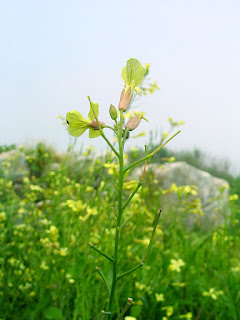This feature may be one reason why village communities have high regard for their baobab trees – a belief that a baobab contains the spirit of a remote ancestor or is some sort of “guardian angel” – but there are more practical reasons for revering a baobab. This is that the tree has a remarkable capacity for storing water, each one holding thousands of gallons in its swollen trunk that can be tapped in times of drought. It also has edible leaves and fruit and the fibres from its bark and roots can be used to make ropes and clothes. Several bird species regularly nest in baobabs.
Baobabs are extremely long-lived, with some known to be more than 2000 years old.
However, Africa’s baobabs are in trouble. Many trees have died in recent years, some of them suddenly and with little warning. This has included not only ancient trees but others that are much younger. Disease outbreaks have been blamed in some areas, but that cannot be the whole story because many deaths have been of trees that were otherwise perfectly healthy.
The prime cause appears to be climate change, because what baobabs depend on is stability in terms of temperature, rainfall, etc, and recent changes in weather patterns, with more intense droughts and floods, have interrupted that stability.
The natural regeneration of baobabs in southern Africa involves elephants which eat the fruit and deposit seeds in their droppings, which provide an immediate source of fertilizer as the seeds germinate. However, there are now far fewer elephants in these regions than there once were, especially outside official nature reserves.
The good news is that baobabs grow fast and artificial plantings of saplings, if properly tended, could develop into mature trees relatively quickly. The long-term survival of the baobab does, however, depend on mankind being able to get climate change under control.
© John Welford



























